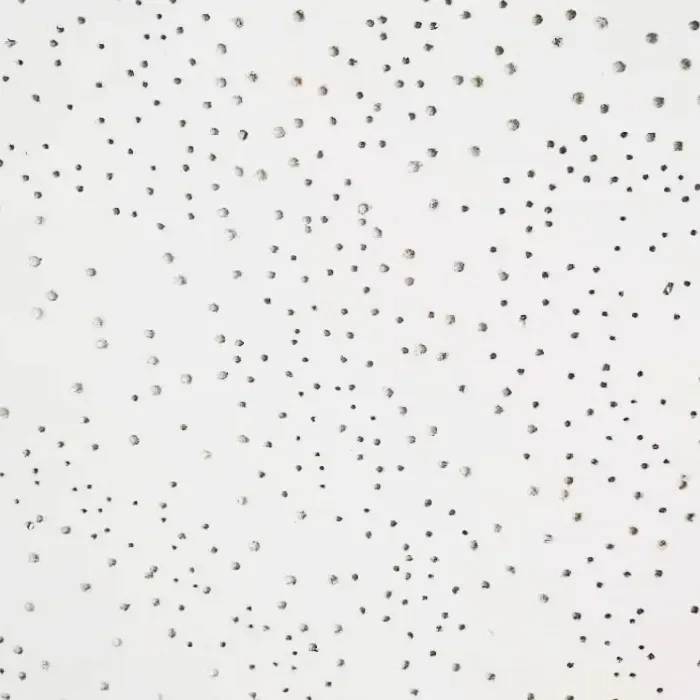8 月 . 25, 2024 08:52 Back to list
Exploring the Benefits of Drywall Grid Systems for Modern Construction Projects
Understanding Drywall Grid Systems An Essential Guide
Drywall grids are an integral component of modern interior construction, serving as a framework for installing drywall panels efficiently and effectively. This system not only simplifies the installation process but also ensures a sturdy and level surface for finishes. Understanding drywall grids can significantly enhance the quality and durability of your interior spaces.
At its core, a drywall grid system consists of metal or wooden strips, known as furring channels or grid rails, that provide support for drywall sheets. These grids are crucial in creating a flat, even surface, particularly in areas where walls may be uneven or when additional soundproofing or insulation is needed. By maximizing the structural integrity of the walls, drywall grids also help in minimizing the occurrence of cracks and imperfections over time.
One of the key advantages of using drywall grids is their ability to accommodate various ceiling heights and wall configurations. Whether working with high ceilings, sloped roofs, or custom architectural designs, a grid system offers the versatility needed to achieve professional results. Moreover, the adaptability of these systems allows for the incorporation of additional features such as lighting fixtures or ventilation systems, seamlessly integrating them into the overall design.
The installation of drywall grids typically begins with measuring and marking the layout on the wall or ceiling
. It’s vital to take accurate measurements to ensure that the grid is level and properly aligned. Once the layout is confirmed, contractors or DIY enthusiasts can attach the grid components to the framing or structural supports using screws or clips. This stage requires attention to detail, as any misalignment can lead to a domino effect of errors in the drywall installation.drywall grid

Next, the drywall panels are attached to the grid using screws or nails, starting from one corner and working across the surface. Using a drywall grid allows for easier alignment and reduces the chances of compromising the integrity of the sheets. Additional steps, such as taping, mudding, and sanding, follow this initial installation phase to create a smooth finish free of seams and joints.
Beyond the installation aspect, drywall grids also play a critical functional role. They allow for better airflow when used in conjunction with insulation, enhancing energy efficiency in homes and commercial spaces. In sound-sensitive environments such as studios or theaters, the grid can also aid in soundproofing by providing a barrier against noise transmission.
Maintenance of drywall grids is generally straightforward, requiring periodic inspections to ensure that the grids remain secure and undamaged. In cases where moisture intrusion occurs, particularly in bathrooms or kitchens, addressing underlying issues promptly can prevent further damage to both the grid and the drywall.
In conclusion, the drywall grid system represents a foundational element in interior construction, combining practicality with flexibility. By understanding the benefits and techniques associated with drywall grids, builders, and homeowners can achieve high-quality results that stand the test of time. Whether embarking on a small renovation or a large-scale construction project, considering the use of drywall grids can lead to enhanced durability, improved aesthetics, and an overall superior finish. With proper planning and installation, these systems can transform spaces into beautiful and functional environments.
-
Revolutionizing Interior Design with Ceilings t grid Suspended SystemNewsOct.29,2024
-
Revolutionizing Ceiling Design with ceiling access panel with Gypsum Tile WaterproofNewsOct.29,2024
-
Revolutionizing Interior Design with PVC Gypsum Ceiling: A Comprehensive GuideNewsOct.29,2024
-
Elevating Interior Design with High quality Mineral Fiber Ceiling TilesNewsOct.29,2024
-
Revolutionizing Interior Design with PVC Gypsum Ceiling: A Comprehensive GuideNewsOct.29,2024
-
Elevating Interior Design with High-Quality Mineral Fiber Ceiling Tiles: A Comprehensive GuideNewsOct.29,2024







